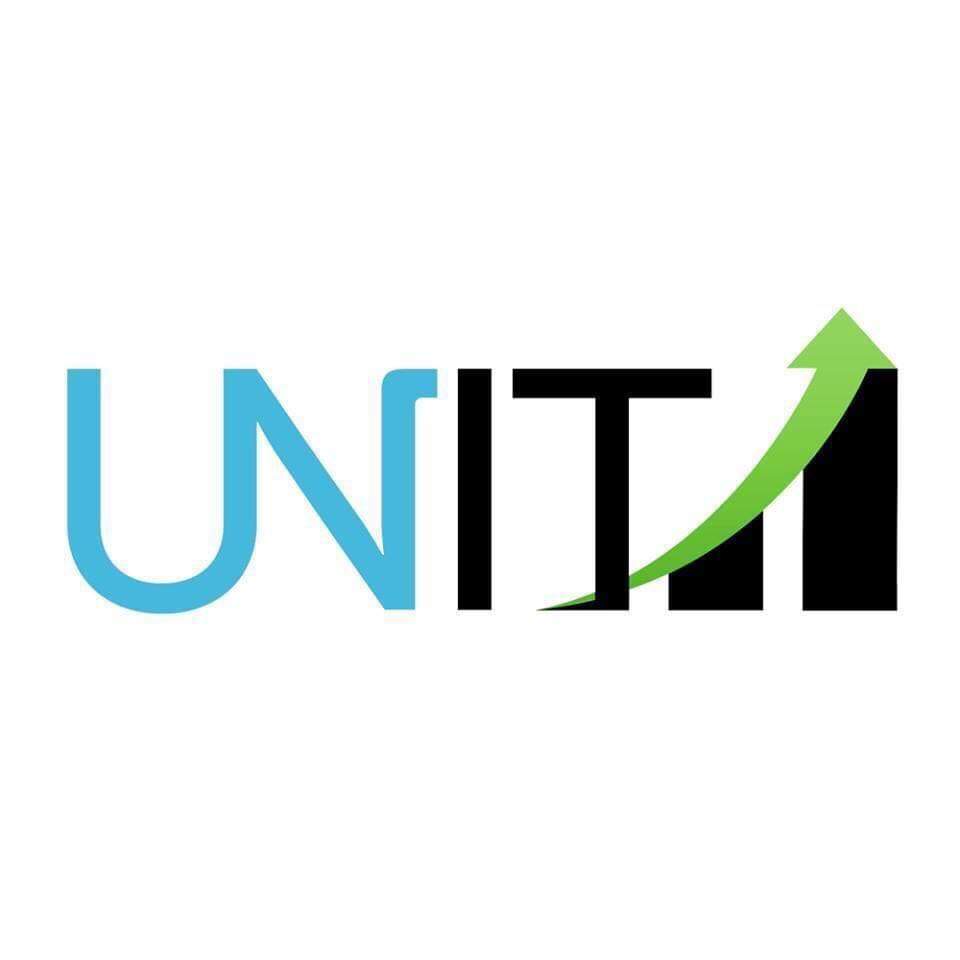By: Vanessa Luong
Posted: 14th April 2019
2019-20 Federal Budget

The 2019-20 Federal Budget is a direct and effective pitch to voters, promising Australia’s first return to surplus in over twelve years, significant tax offsets and infrastructure spending. Despite a forecasted $4.2 billion deficit for the 2018-19 financial year end, the Budget is expected to be ‘back in black’ in 2019-20, with an anticipated surplus of $7.1 billion. These pre-election sweeteners are possible largely due to the spike in government revenue, resulting from rising commodity prices and exports.

Keeping with the tradition of liberal pre-election budgets, Coalition Treasurer Josh Frydenberg has announced immediate tax relief for low and middle-income earners as the centrepiece of their re-election campaign strategy. During the current financial year, approximately 10 million individuals will benefit from the tax relief. Given the Coalition’s commitment of an additional $158 billion in tax relief, low and middle-income earners will receive up to $1,080 for single earners or up to $2,160 for dual-income families. These payments are estimated to provide a long overdue boost of 1-1.5% to retail spending by September, supporting consumption which has been dampened by rising household savings, rising consumer debt and falling property prices in recent months.
Further, the treasurer has put forward a long-term strategic proposal to flatten tax breaks and reduce the tax rate for individuals earning between $45,000-$200,000 from 32.5% to 30%. This effectively guarantees that 94% of taxpayers will not have to pay more than 30c per dollar in tax. At first glance, the ‘largest personal income tax cut since the Howard government’ appears to be in the best interests of all Australians. However, these discretionary changes may be too opportunistic given the current state of the international and domestic economy. Frydenberg rightly acknowledges that there are noticeable global trade tensions within the international economy and a slowdown in growth in major economies such as China, Japan and Europe, amongst other advanced economies. This sense of economic uncertainty is perpetuated within the domestic economy, as activity in the housing market and credit growth have been relatively stagnant. Though the provision of tax relief may ease pressures on households and consumption, it may very well limit the capacity of the Australian economy to increase fiscal stimulus if there is an unforeseen global or domestic downturn.
The Coalition has also committed $100 billion to transport infrastructure investment for the next decade. This spending aims to ‘pull the vote’ before election day by promising a reduction in congestion across the nation, a subject that has been in the headlines for years. New road and rail projects will be constructed to cut travel times, particularly within metropolitan areas. Some of the most significant initiatives include a $2 billion fast rail connection from Geelong to Melbourne, $3.5 billion for the first stage of the Western Sydney North South Rail Link and an increase of $3 billion for the existing Urban Congestion Fund. Infrastructure spending in this year’s Budget is substantially higher than the $10 billion dedicated to infrastructure in the Coalition’s 2014 Budget, which faced significant backlash from the community.
This Budget also appears to have positive implications for the general health and wellbeing of Australian society, with a $1.1 billion primary healthcare plan that promises an increase in funding for mental health and an end to the freeze on Medicare rebates for GP visits. Of this spending, $737 million will be allocated towards supporting the mental health of Australians over the next seven years, while $309 million will be used to improve access to diagnostic imaging. However, this Budget raises concerns for people with disabilities, as forward estimates indicate that there will be a $1.6 billion less spent on the National Disability Insurance Scheme.
However, moving on to the Australians that have been sidelined by the Budget, it is apparent that welfare recipients will not be faring well. This Budget marks the 25th year without an increase to Newstart unemployment benefit, with the current payment standing at $40 per day. As Deloitte points out, the ‘unnecessarily cruel’ dole payments are a more urgent priority than budget repair.
Additionally, one of the main measures by which the government aims to fund its spending is by automating the income reporting processes for welfare recipients saving an estimated $2.1 billion over the next five years. However, this does not come without a cost. As seen during the period of 2016-18, welfare recipients are extremely vulnerable to financial pressures, with 2030 deaths being linked to the Centrelink’s issue of robo-debt notices. Further, more than 200 jobs will be lost due to automation, with Anglicare Australia remarking that this Budget was a lost opportunity to tackle poverty.
While this Budget, on the whole, is appeasing to voters, the government must reserve greater regard for vulnerable and underrepresented groups within the Australian society.
